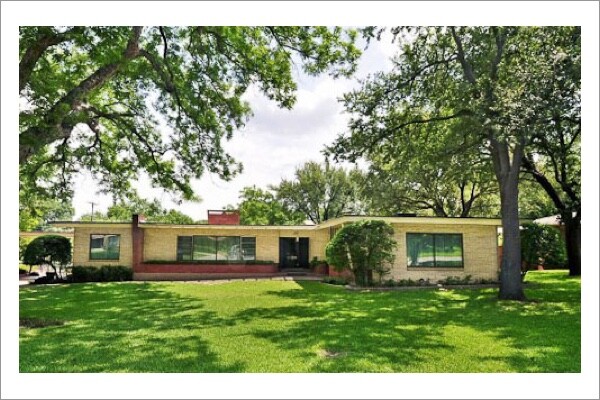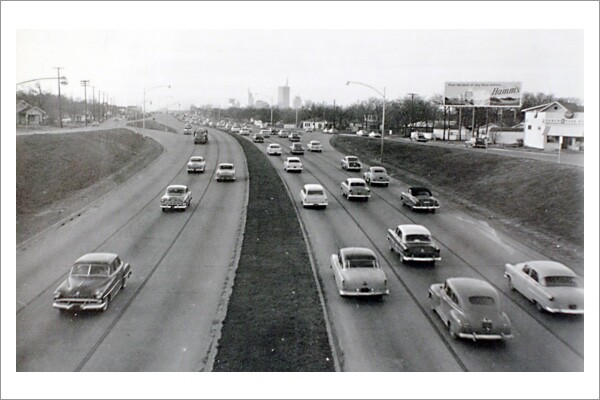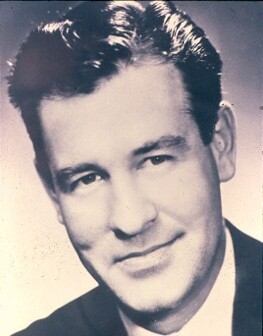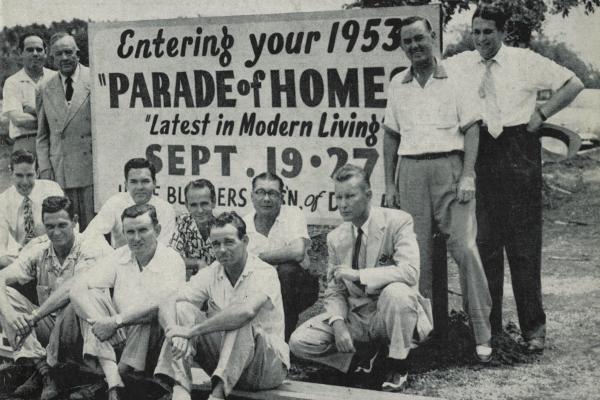We Have Been Housing Leaders Throughout History
Here are some highlights from our archives:
The Highland Park Shopping Village was designed by the Dallas BA’s first President Hugh Prather in 1929. Prather’s design was inspired by the World Exposition in Barcelona, Spain. Highland Park Shopping Village is widely regarded as the first of its kind and a prototype for modern shopping centers.
The Dallas BA’s 1967 Parade of Homes in ‘Royal Ridge’ located near Midway Road and Royal Lane in Dallas featured lots between $5,300 and $7,600. Homes were priced in the $25,000 to $45,000 range. If you are looking to buy in that area today, you can expect to pay at least $350,000 for the lot alone!
In 1953, E.P. Lamberth, one of the Dallas BA’s original directors was the first builder in the Dallas area to install air conditioning in homes of every price point ($16,000 to $20,000 at that time). Builders that year first reported rising public interest in new home nuclear fallout shelters. University Park’s Municipal Service Center, located on Worcola St., is named in honor of Fred Peek and his son Harold. Fred served on the city council beginning in 1970 and Harold was elected mayor in 1998. The Peeks began building custom homes in Dallas starting in 1946. At age 31, Harold was the youngest President of the Dallas BA and still lives in the area today.
In 1950, Dallas builders Laughlin and Silver sold 100 homes in one day. The brick homes priced at $7,950 were in a development located at Gus Thompson and Zacha Drive.
Dallas BA member and Board Secretary H.J. Crosby in 1951 built the nation’s five millionth home since the end of World War II.
In 1951, approximately 69% of dwelling units in the Dallas metropolitan area had hot running water, a private bath and a flush toilet.
By September 1954, 113 new homes had been completed and 90 others started in Richardson as a result of the new Central Expressway. By 1956, Richardson led all other Texas cities with 2,000 homes completed and sold.
Swiss Avenue was declared Dallas’ first Historical District in 1973 and soon afterwards was listed on the National Register of Historic Places. The area began in the early 1900s when Robert Munger created a unique vision to build a planned, upscale residential community in a city where zoning had yet to come about. Munger Place was the first deed restricted neighborhood in the state, and within its confines was an enclave of prestigious and elegant homes along Swiss Avenue, which became the first paved street in the entire city of Dallas.
In 1974, the Association hosted a huge meeting for members, media, civic leaders and the Texas Congressional delegation to discuss critical needs of housing. Area citizens and elected officials got the message and pressed for federal action. Soon after, the Emergency Home Purchase Assistance Act was passed by Congress, appropriating funds for home mortgages.
The Colony began in 1977 as a privately-funded new town of 3,000 acres developed by Fox & Jacobs. That same year, the first induction ceremony of the National Housing Hall of Fame took place. Among the inductees was Dallas legend and 1963 Dallas BA President David Fox, known as a trendsetter in component use, production systems and marketing. He stands uniquely in the history of housing in the United States, in Texas and the Dallas metroplex as one of the nation’s most honored and recognized builders and housing authorities and innovators. His company, during the 1950s through the 1970s, won some 40 national awards.
In both 1983 and 1984, the DFW metroplex led the nation in residential building permits, setting the all-time national record of more than 112,000 permits.




